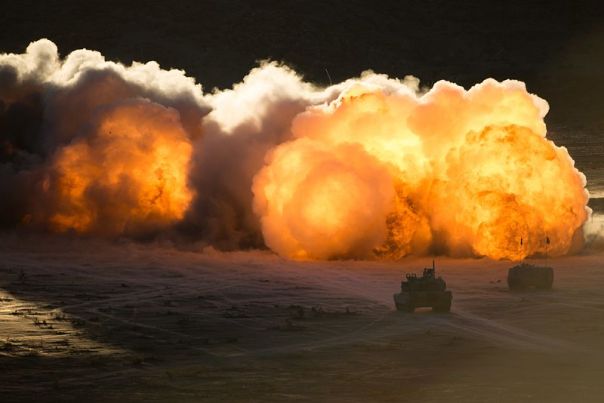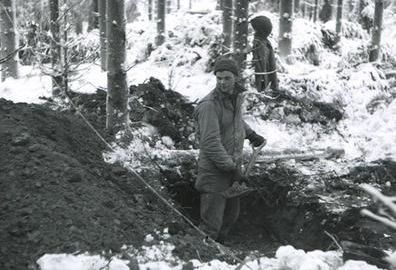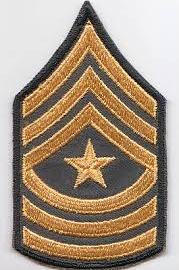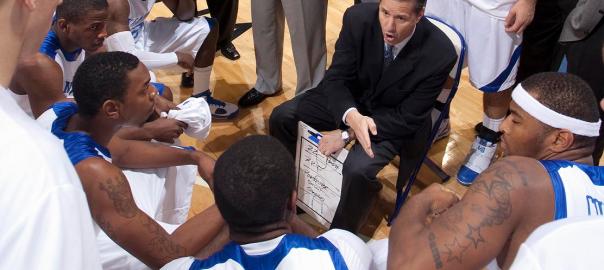 The opportunity for tactical and operational mission command presents itself when your higher headquarters’ plan succeeds or fails. There is no room for Mission Command during a Combined Arms Breach, Wet Gap crossing, Deliberate Attack or Air Assault without a discussion. Leaders must request approval during these operations to avoid de-synchronizing the entire unit. In other words, you don’t have the authority to deviate from the plan at all times. During failure and success a subordinate commander may seize ground, destroy additional enemy, or take immediate action to enable the next transition within the higher commander’s intent. Our war fighting function synchronization demands disciplined execution for the team to succeed. Examples of some mental triggers when the mission command GREEN LIGHT is turned-on include:
The opportunity for tactical and operational mission command presents itself when your higher headquarters’ plan succeeds or fails. There is no room for Mission Command during a Combined Arms Breach, Wet Gap crossing, Deliberate Attack or Air Assault without a discussion. Leaders must request approval during these operations to avoid de-synchronizing the entire unit. In other words, you don’t have the authority to deviate from the plan at all times. During failure and success a subordinate commander may seize ground, destroy additional enemy, or take immediate action to enable the next transition within the higher commander’s intent. Our war fighting function synchronization demands disciplined execution for the team to succeed. Examples of some mental triggers when the mission command GREEN LIGHT is turned-on include:
- When the Infantry are committed to the Objective (Transition for the next fight)
- When the enemy commits its reserve (Protect the Force)
- The next piece of terrain provides a position of relative advantage (Own the passes)
- Enemy Artillery/HPTL are in direct fire range (Easiest way to destroy an ADA or FA system is with a Tank)
ADP 6-0 tells us that Mission command is the exercise of authority and direction by the commander using mission orders to enable disciplined initiative within the commander’s intent to empower agile and adaptive leaders in the conduct of unified land operations. Know when to sustain or create options for the commander by exercising disciplined initiative within your authority.
Remember to click the Blue Box to Follow ProDev2Go and receive these posts directly in your email. If interested in doing a guest post of your own contact us at prodev2go@gmail.com







